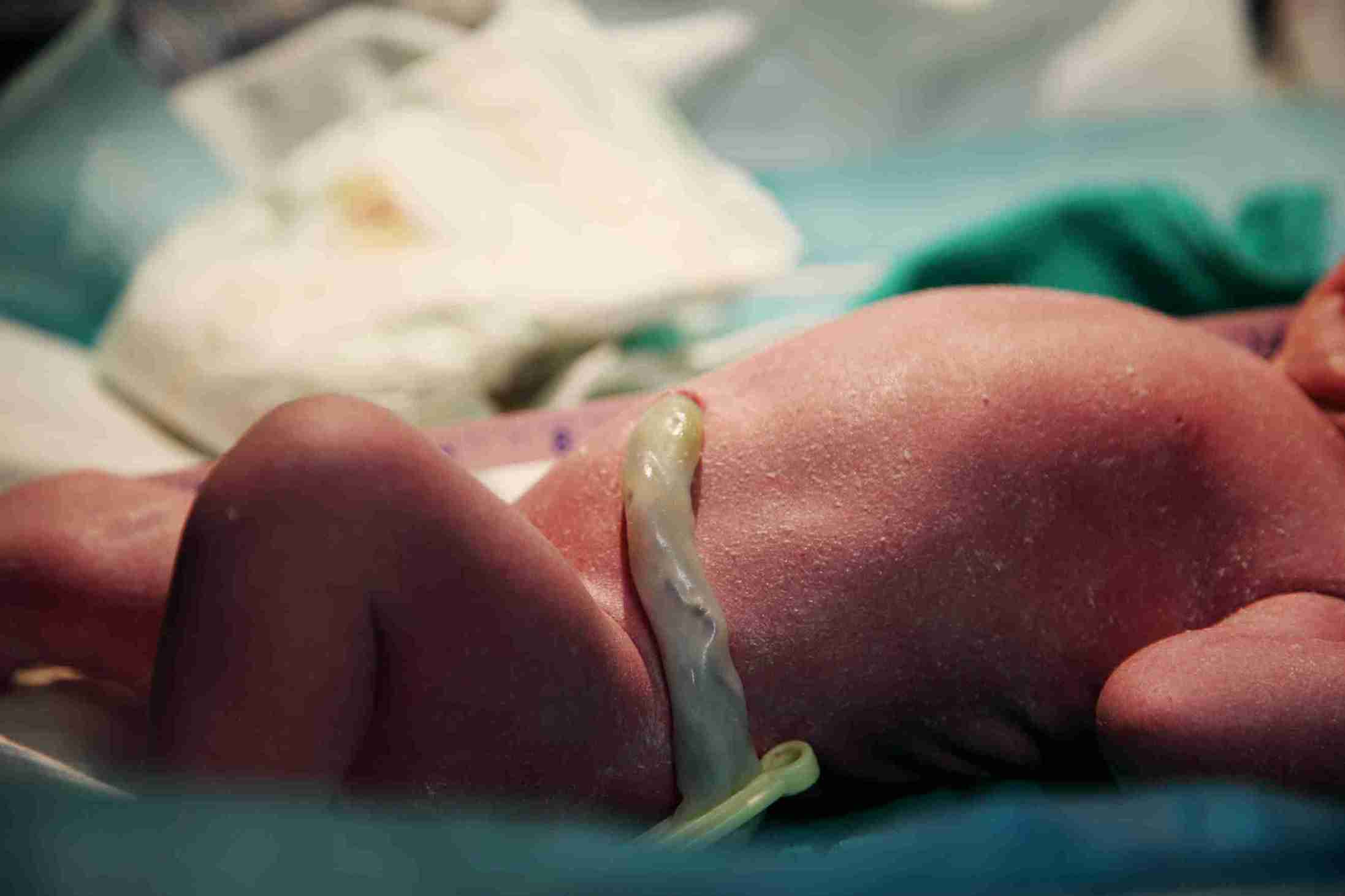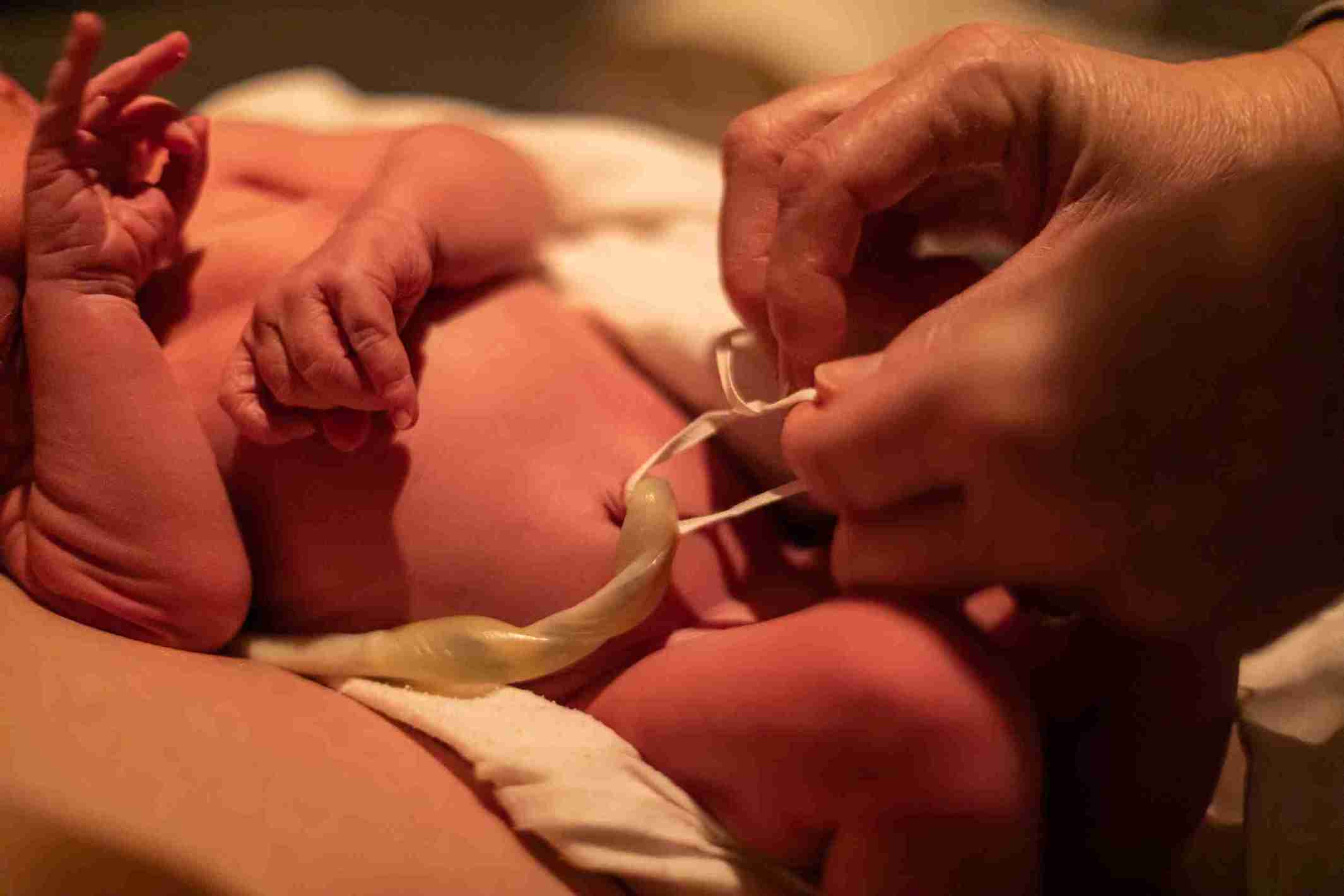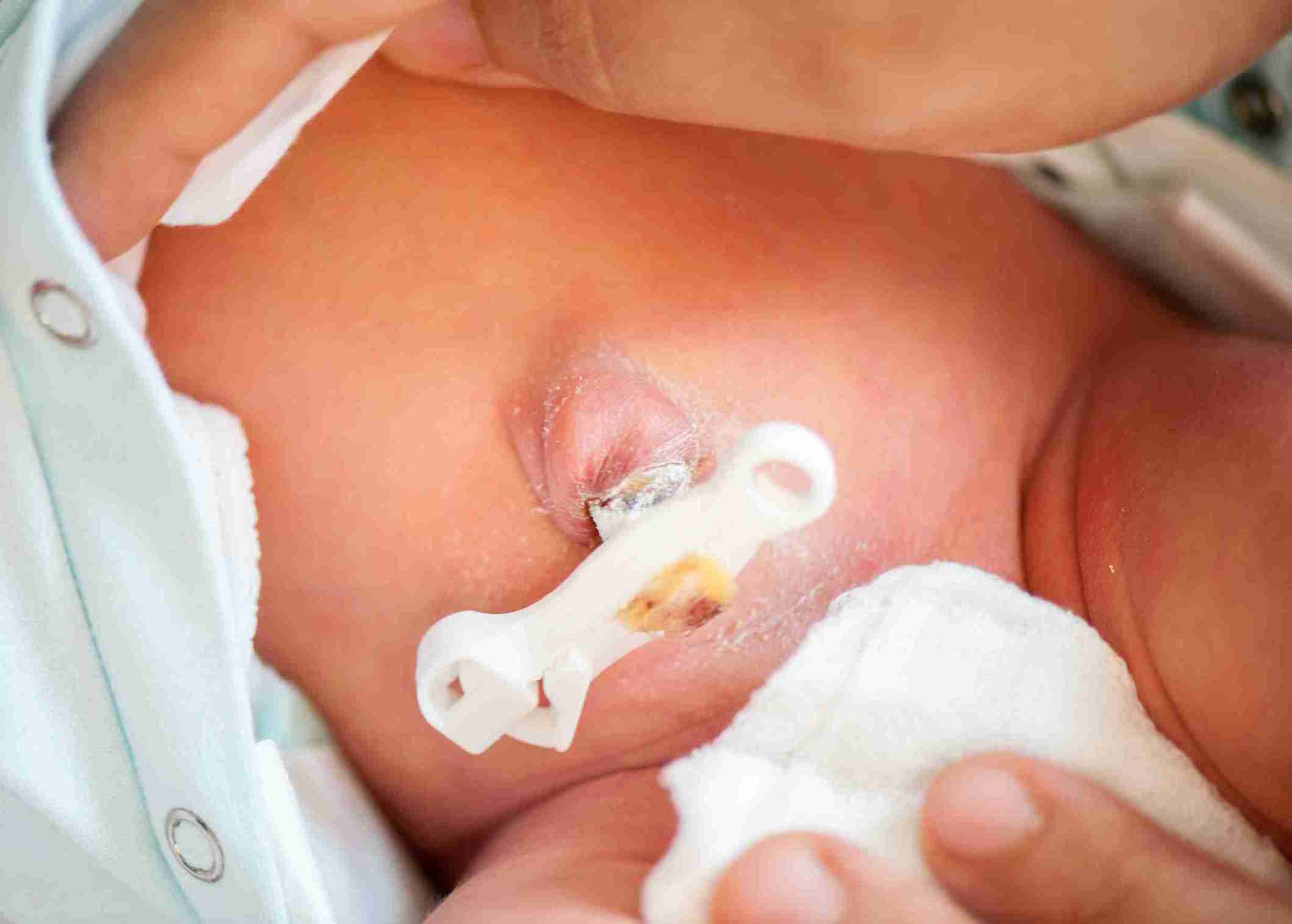
The instant a child is born, the umbilical cord, which connects the baby to the placenta, is cut off, but the care of the stump that remains is just beginning. Correct care of the umbilical cord is essential during the initial weeks of life, particularly in order to prevent infection of the umbilical cord or omphalitis, which can turn out to be serious if ignored.
In the first few days, parents often find themselves searching for reliable guidance. A simple search for maternity homes near me may suggest a few good options of reputable hospitals, but knowing what to do with your baby's cord at home is crucial, no matter where you delivered. With proper hygiene and practices, you can ensure a safe and smooth healing process.

Omphalitis is a bacterial infection of the stump of the umbilical cord. Although comparatively rare in medically monitored situations, it is still a threat, especially when home births or settings with inadequate hygiene are involved. Bacteria like Staphylococcus aureus, Streptococcus species, and Escherichia coli (E. coli) are most commonly responsible for omphalitis.
The following can increase the risk of infection:
Early intervention and prevention are essential. A quick search for the best maternity hospital near me can help you find proper guidance in terms of the risks that need to be avoided right from birth.
The umbilical cord stump does not fall off right after birth. It usually dries and falls off by itself between 5 and 15 days, sometimes up to 4 weeks. It is a natural process that passes through quite distinct stages. The umbilical cord falling off stages include:
Recognising these umbilical cord fall-off stages can comfort parents that the stump's appearance is changing as it should.
To encourage safe healing and infection prevention, do the following:

While caring for the cord stump, avoid these common mistakes:
Watch out for the following signs that could suggest an infection surrounding the umbilical stump:
Any of these symptoms requires immediate medical attention.
If you see any of the signs of omphalitis, seek medical attention immediately. Umbilical cord infection can very quickly turn into serious conditions such as sepsis or necrotising fasciitis. Treatment with intravenous antibiotics is the accepted treatment and should be undertaken immediately.
Rarely, surgery may be needed to remove infected tissue.
Early action will avert serious consequences. In doubt, try calling a paediatrician or search for a hospital maternity near me to find a reputable hospital and promptly book an appointment for a professional assessment.

After the cord has dropped off, healing lasts for another 7 to 14 days. All through this period:
It's common to notice a small raw surface or faint blood-tinged discharge.
Look out for such conditions as:
When selecting the ideal care provider, Cloudnine is renowned for its specialised paediatrics and neonatal experience, rigid hygiene rules, and bespoke postnatal care. Through delivery to discharge, parents are instructed on every detail of newborn care, including umbilical cord care.
With round-the-clock availability of trained neonatologists, state-of-the-art NICUs, and thoughtfully designed postnatal services, Cloudnine offers not just a facility but a supportive ecosystem for newborn and parent wellness. It consistently delivers evidence-based care and unmatched clinical outcomes.
Umbilical cord care helps to protect your baby's health in those early, delicate weeks. Warding off umbilical cord infection is all about careful attention, cleanliness, and knowing what is normal and what is not.
From understanding the stages of the umbilical cord falling off to recognising early signs of infection, being informed makes parents confident to take action. Let the umbilical stump serve as a reminder of your baby's transition into the world, cared for with patience, consideration, and a little educated guidance.


It's usually due to bacteria such as Staph, Strep, or E. coli entering through the cord stump, particularly where there is poor hygiene or improper care.

By keeping it clean, dry, and open to the air. Don't touch the stump unnecessarily, and be aware of early signs of infection.

Use a clean, wet cotton swab to wipe any discharge gently. Pat dry afterwards. Avoid alcohol except under a doctor's orders.

Maintain sterile birth conditions, good personal hygiene, avoid immersion in baths, and obey all do's and don'ts as mentioned above.